A trip to the Interlake on a cold Manitoba Day.
Mom and I went to the Gimli Hotel Cafe and then found some vintage Bombardier Snow Buses.
I wandered onto the frozen Lake Winnipeg and viewed the fishing boats that had been pulled up for winter.
We went to the Gimli Museum for Icelandic Bun Day and speeches.
These fabulous cream-filled buns are served in Iceland on Bolludagur – Bun Day – the Monday preceding Ash Wednesday.
from http://www.gimlicommunityweb.com/info/poi.php
“Located on the south end of First Avenue, it was presented to the Town of Gimli by the officers and men of Canadian Forces Base Gimli. Commemorating 28 years of friendship and co-operation, the monument was a gift from the Canadian Forces Base which closed September, 1971. In June, 1971, airforce equipment erected the “T-Bird” atop a heavy concrete pillar set 17 feet in the ground. It was formally presented to the Town on July 17, 1971, by Colonel Jim Dunlop.”
Translated from Icelandic Wikipedia;
“Bolludagur is Monday at, 7 weeks before Easter , but called the last three days for lönguföstu , which began on Wednesday with öskudegi .
It was common in the Catholic church that fasting was the meat for two days lönguföstu and was invited to the commonwealth legislation . Another sign of the customs associated with this day is not found until the 19th century . In Sturlunga and Bishop tales speak of “dealing with white food” ( dairy products ) in the fixed input. It is likely that people have taken advantage of the days before Lent season to feast on various delicacies, especially Bread. The Danish sources since 1700 is called wheat buns that are crushed and mixed with milk and butter and eaten in the regular entrance. [1] Bolluát and feitmetisát appears in other Nordic countriesactually have been more tied to Tuesday next fixed. But in Iceland, people have tied this ceremony to Monday, probably not to disturb traditional matarsið explosive day . In recent decades, however, punch átið shifted partial on Sunday.”
From; http://www.grapevine.is/Home/ReadArticle/Happy-Bun-Day
“Today is Bun Day, or Bolludagur, which is celebrated on the Monday before Lent starts, seven weeks before Easter. On this day, children wake their parents up with loud screams and spanks. The kids shout “Bolla, Bolla, Bolla!” (“Bun, bun, bun!”) and try to spank their parents with paddles that they have made at school. These are wands that are wrapped in colourful tissue, and for every successful spank, the kids get to eat one bun.
The tradition of Bun Day supposedly arrived in Iceland in the nineteenth century, and stems from Danish and Norwegian bakers who settled here.
At Kornið bakery on Lækjargata, one really can’t miss that today is Bun Day. They sell a variety of buns with different fillings and icings. Gunnhildur, who sells the buns, tells me that as a child, Bun Day is associated with the colourful paddles, the yelling and sneaking around the house to score some buns. As an adult, she says, “Bun Day is pretty much just about getting stuffed with buns.”
Gunnhildur says that buns are traditionally made with water-based dough, but they are made in a variety of ways today, and buns made from yeast dough are very popular as well. “At this bakery we will sell about 200 buns today, while a lot of people bake them at home with the family,” she says. “The traditional day to eat buns is today, but we sell them the week before as well.” The buns are only made this time of the year though. I guess that when one eats several on Bun Day, one doesn’t need more during the rest of the year.
Being a new resident of Iceland, I had never tried a bun before, so naturally I gave the traditional profiterole-like specialty a try. The dough is very light and tasty, and although the whole thing, with the chocolate icing and the cream, looks too sweet, it tastes excellent, especially with a cup of coffee. The raspberry jam inside the bun gave it a nice fruity touch. So go ahead and eat a bun today, it is worth the sweet sin.
You can find a bun recipe here.”
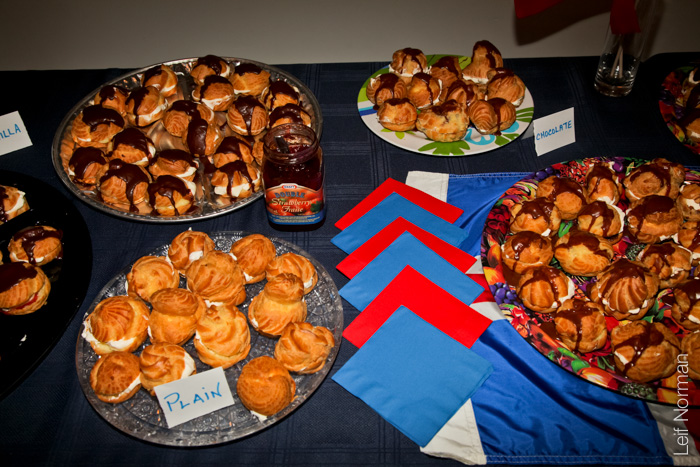
Icelandic Bolla. Cream filled puff buns with chocolate icing on top. You can also add jam on top too!
Translated from Icelandic Wikipedia;
Some of the language might be a bit odd.
“Flengingar and bolluát fights likely to Iceland for Danish or Norwegian influence in the late 19th century, probably at the initiative of U.S. bakers who settled here. Bolludagur name is not known until after the turn of the century. Originally submitted customs makers to enter the cat from the barrel and to march in a costume from Denmark in 1870 but died in most of the following turn. These traditions remained still in Akureyri and 1915 they moved to the Ash Wednesday and have since smásaman spread it out again as Ash Wednesday etiquette. The name bolludagur first seen in print 1910, but otherwise the day is often called flengingar day.
Bolluát on bolludag
Iceland has practiced for over a hundred years to eat the buns on this day in 1910 Þjóðólfr talk about bolluát on bolludaginn. [2] However, it will have something existed before and the cookbook including Jonsdottir from 1858’s recipe for Lent pacifiers, including . e. bolludag cups. Reykjavik bakery buns going to advertise on bolludaginn the second decade of the century and in 1915 the newspaper complained decline punch of the day: “… the only thing that seems to be left of the cabin from the past »bolludaginn« is extremely kökuát children – and booth drawer full of coins bakers in town. »Punch« costs unfortunately three tveggeyringa this time! ” [3]
It has been estimated that Icelandic Bakers back about one million cups for bolludaginn but there are also many people who bake at home. Buns are now often served with jam and cream inside and a hat decorated with Boll processed chocolate layer or frostings , but there are many other versions exist. Two types of cups are most commonly: vatnsdeigsbollur(which are soft foam and teachers) and gerbollur (which are all stuck in it). Bolli day change much from year to year, but the cup decoration always slightly changing tastes of the time. The newspaper, 1935advertises bakery Freida eg punch following types of cups day
- Rjómabollur, rum buns, cream buns, chocolate muffins, raisin buns, Vienna buns, wheat buns. [4]
Many also have the custom to eat fish or meatballs on bolludaginn and can be traced back to at least the fourth decade of the 20th century than the advertised price canning center S.Í.F. fiskbollur on bolludaginn under the slogan: “Do bolludaginn ethnic”. [5] First and foremost, however, have been cream and cream buns that have characterized the diet that day.
There is also a rich tradition is make yourself a punch rod , usually made of colorful paper strips that are glued on sticks. Spank children as their parents or guardians with a wand and shouting: “Bolla! Cup!Cup “. The one custom to raise a spank stages of bolludaginn is believed to have reached Denmark from Protestant areas of northern Germany and then to Iceland by Danish merchants in the 19th century.In the beginning was considered Flen ging not valid unless spank truck was completely dressed and óklætt victim, and therefore not uncommon for children woke up early to be able to “bollað” his parents in bed. Whoever is flengdur can shake off suffering by giving cups in place, and each child had a hit for a single punch.
Flengingar these are probably Catholic model of symbolic chastened preferences on Ash Wednesday. Bouquet reminiscent of balance shafts used to distribute the consecrated water with a fixed rod. Some believe hýðingarnar original team in fertility magic and with them should awaken all nature to life and work when spring is near.”
In 2012 an Icelandic Family who moved from Iceland to Gimli began the Bun Day festivities in the Interlake.
Besides Bolludagur, there are two other days in the Icelandic festival season:
Öskudagur is an Icelandic holiday (Ash Wednesday) when children dress up in costumes and sing songs for candy and play pranks.
It’s like an Icelandic version of Halloween.
The ashes from the church service, or beans as someone told me, would be put in little bags and then stealthily hung on the backs of local townspeople as a prank. The more bags you could hang on someones coat the better. Often the local bankers and snooty businessmen would be targeted.
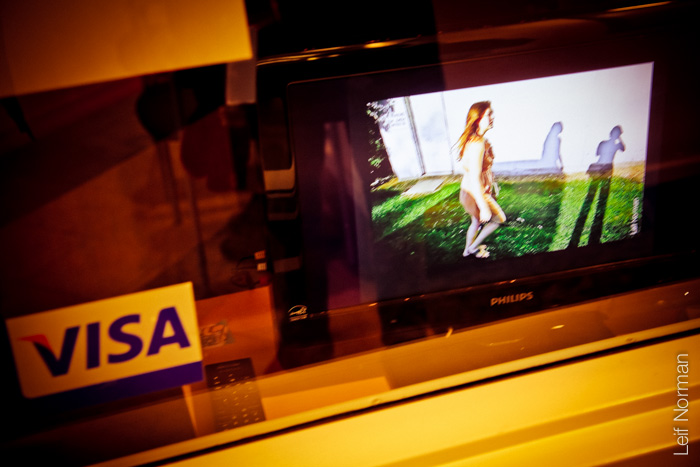
In the window of the Gift Shop is a little television playing hundreds of my images from the Icelandic Festival 2011
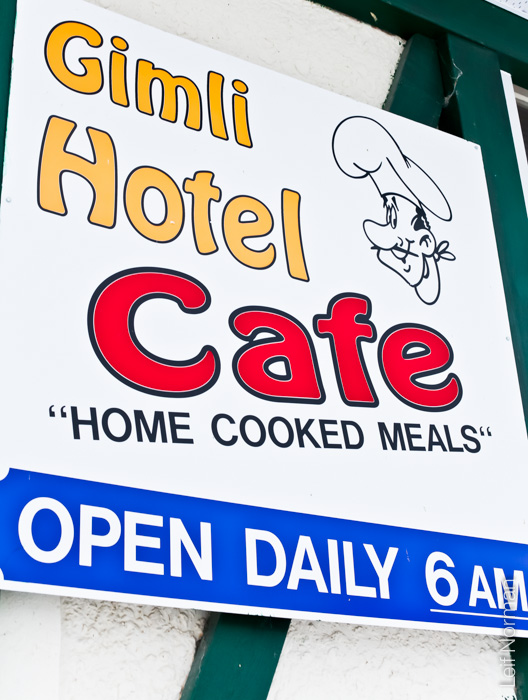
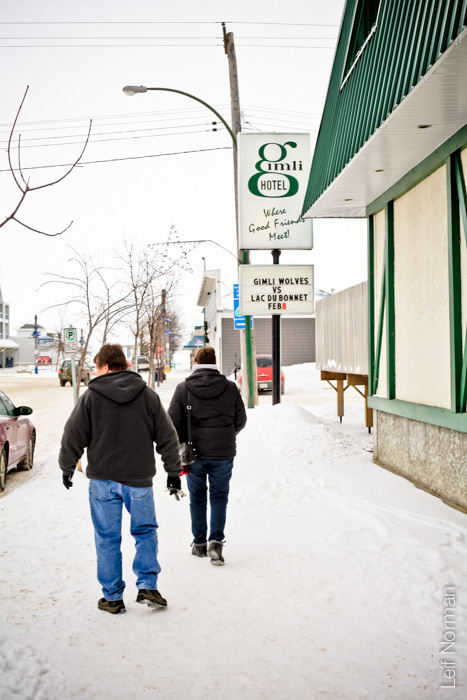
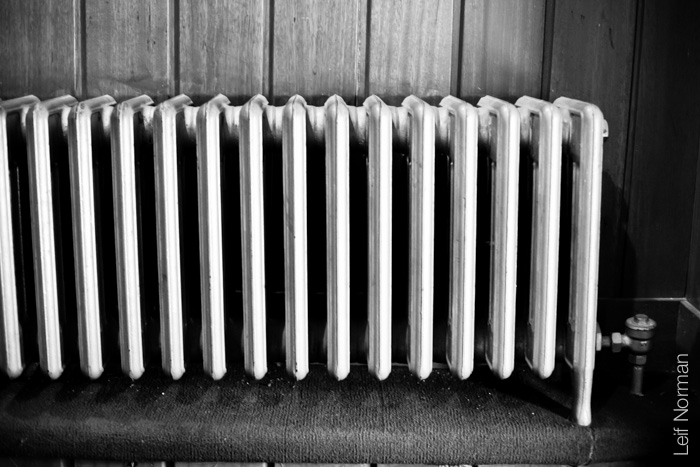
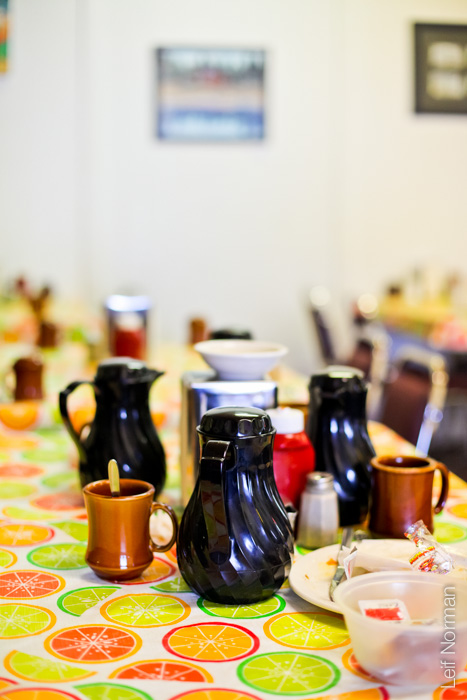
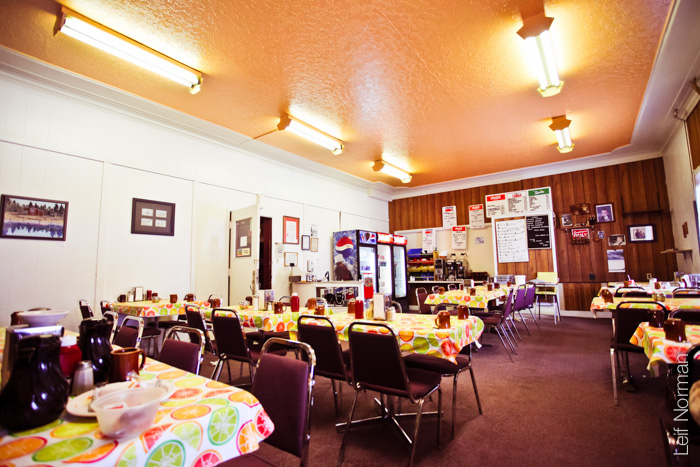
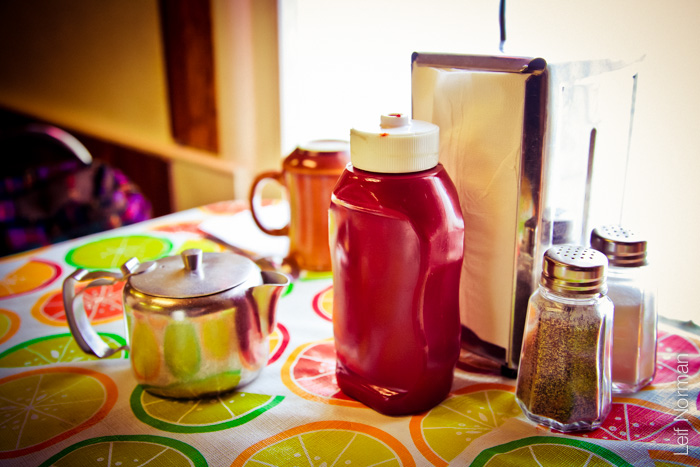
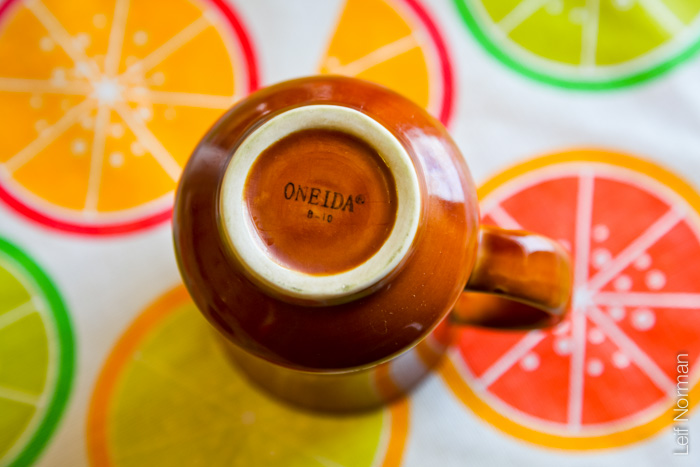
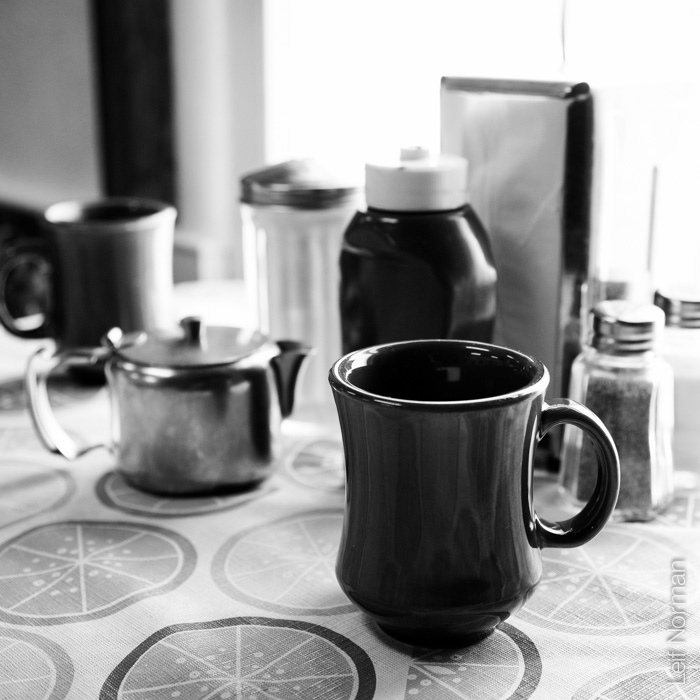
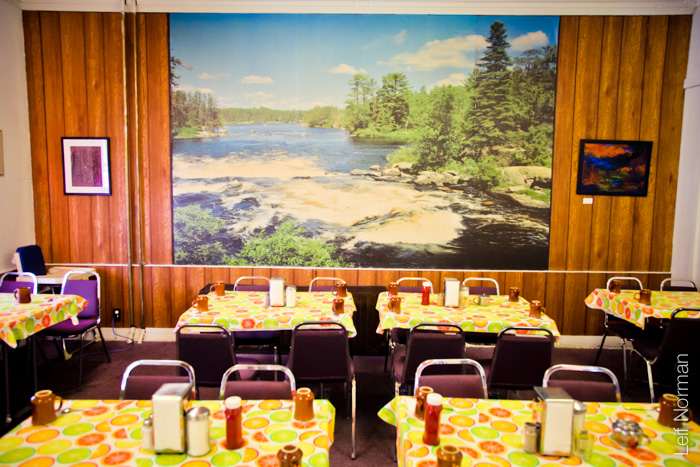
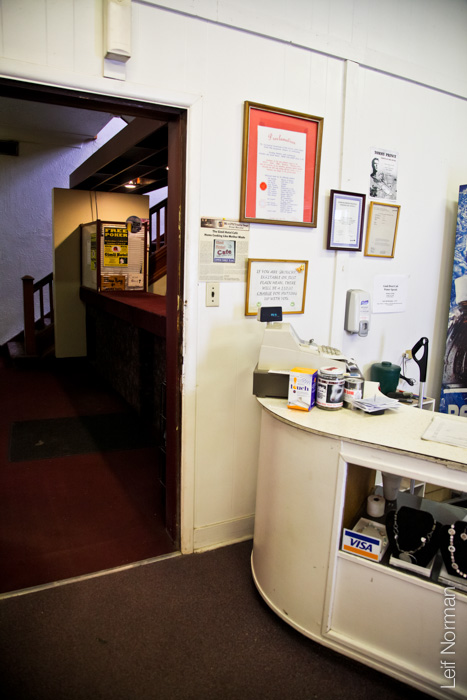

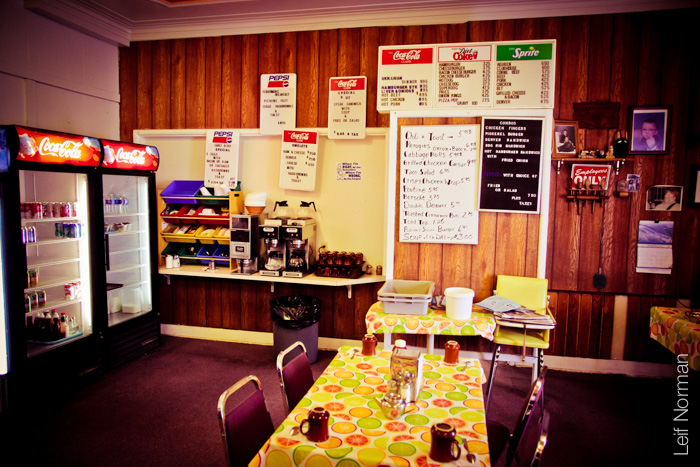
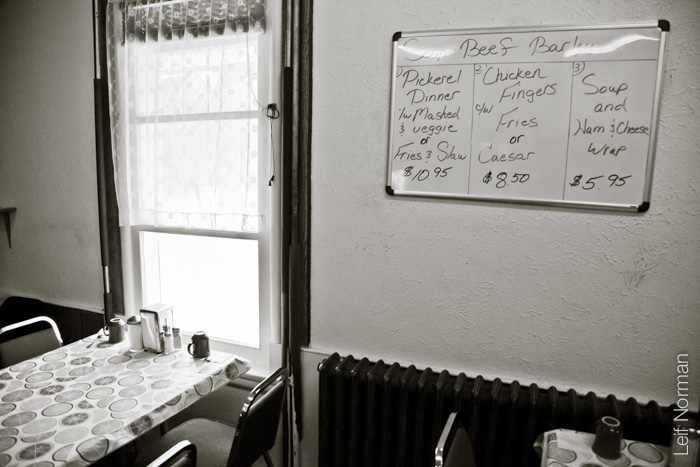
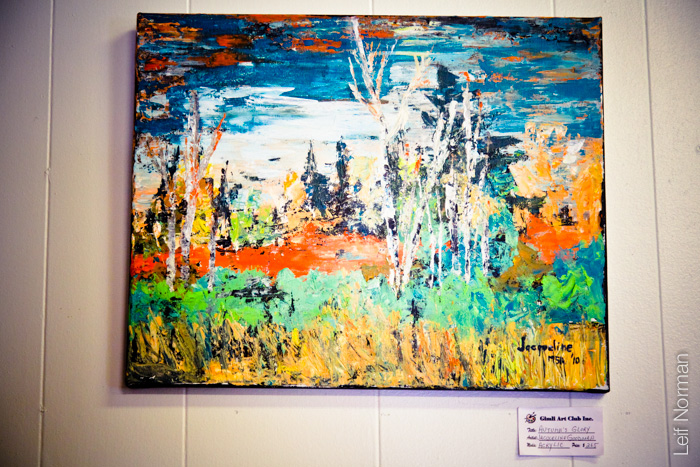
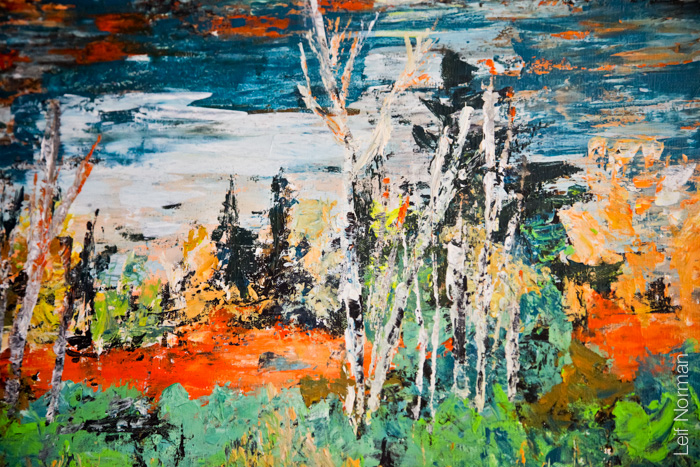
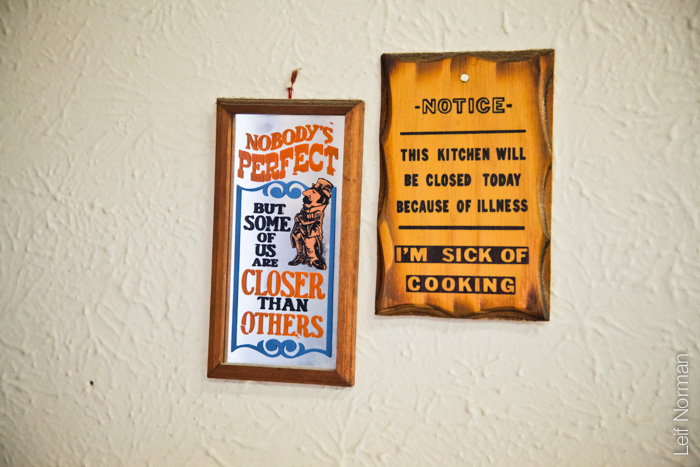
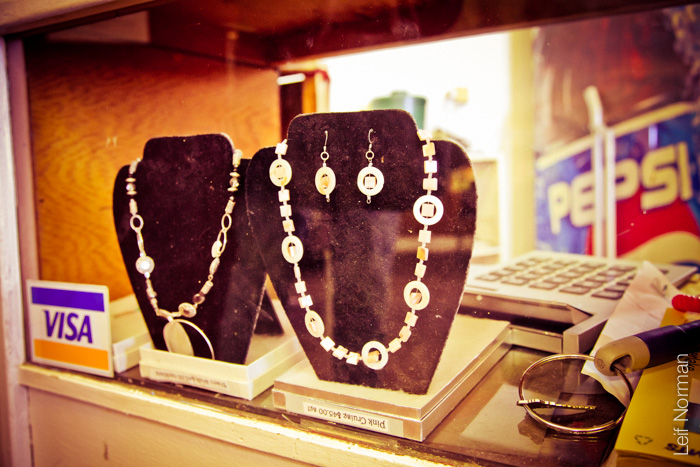
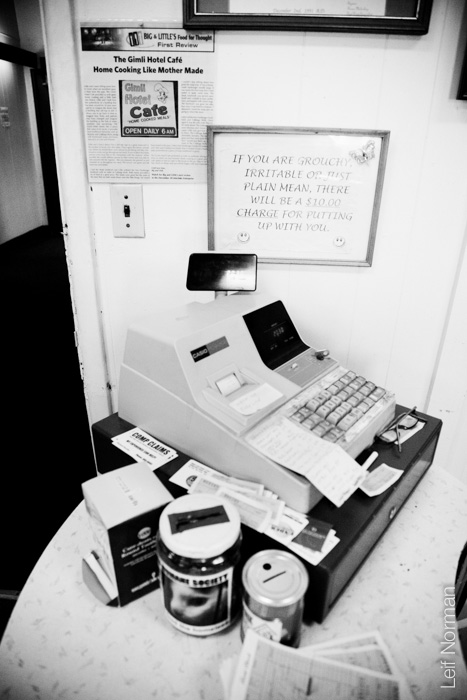
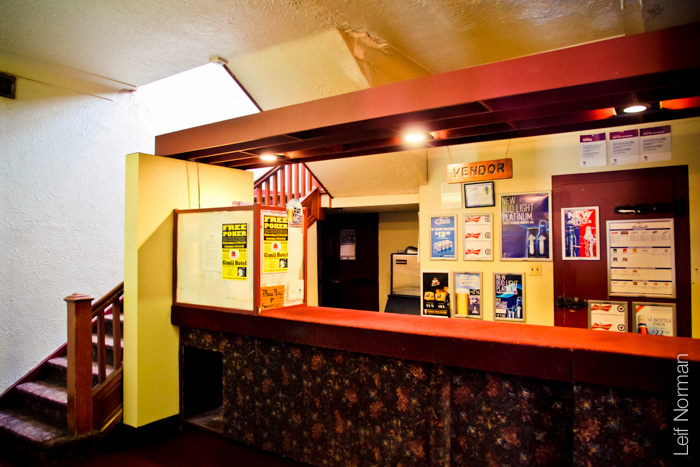
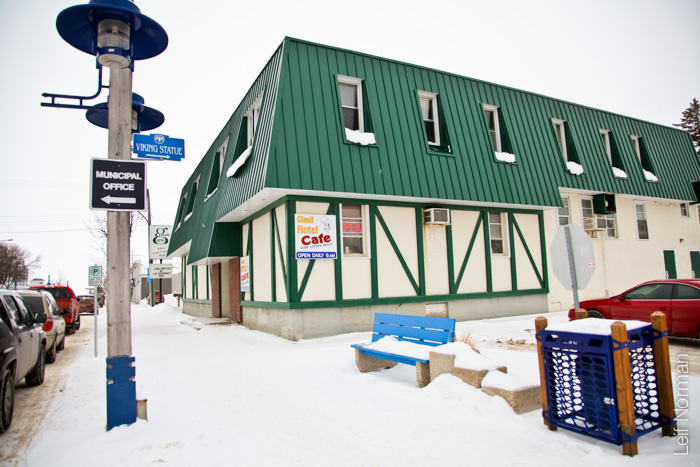
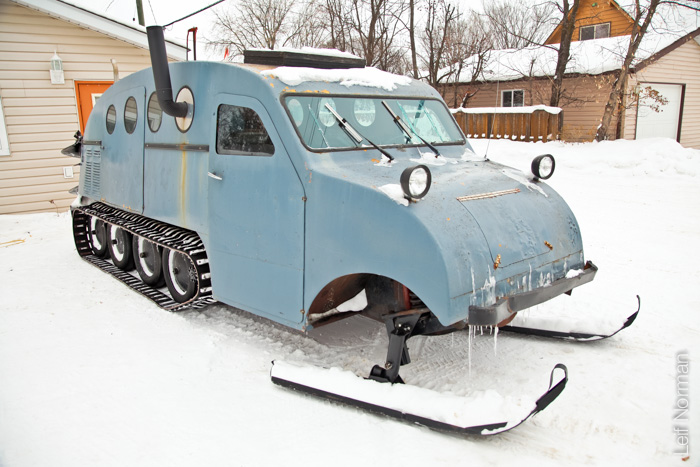
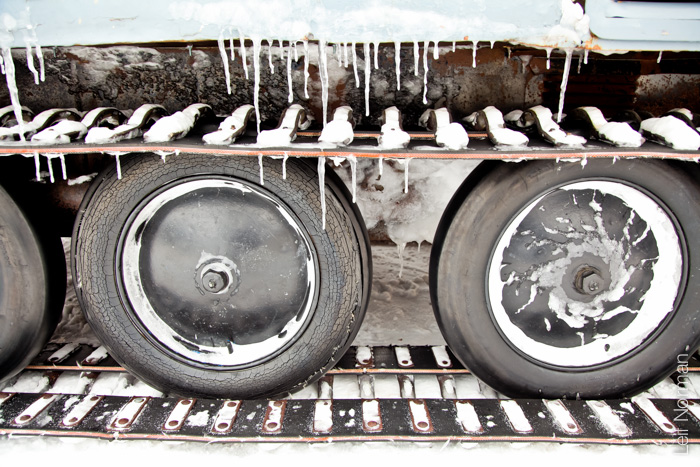
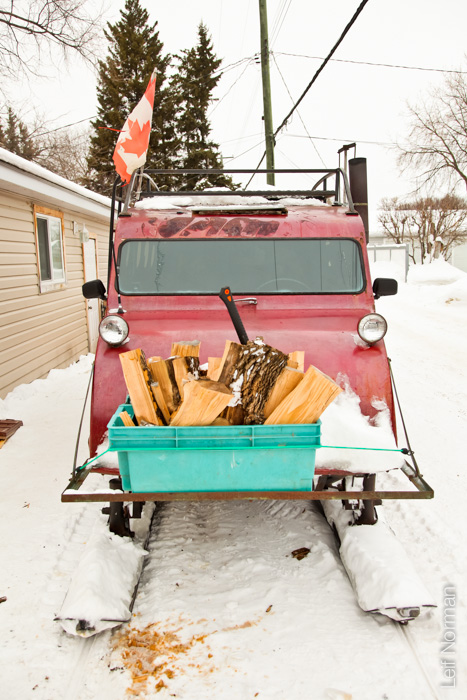
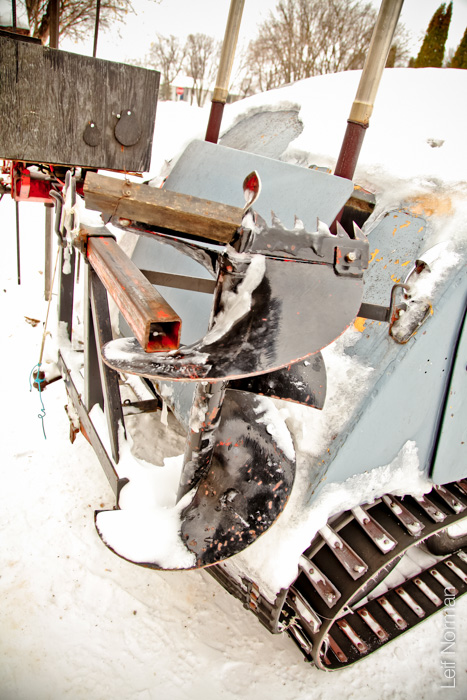
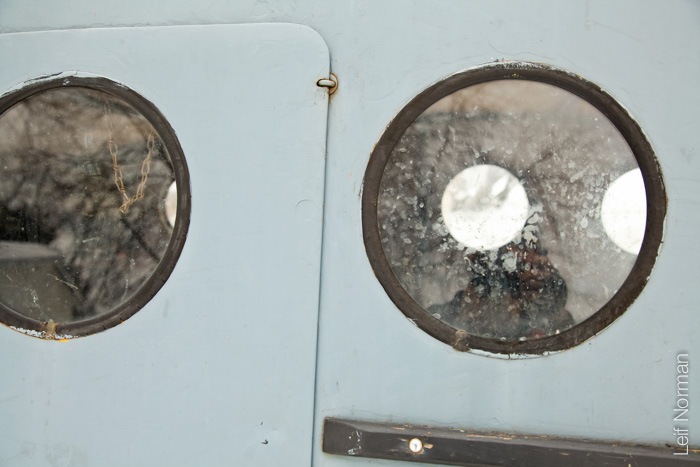
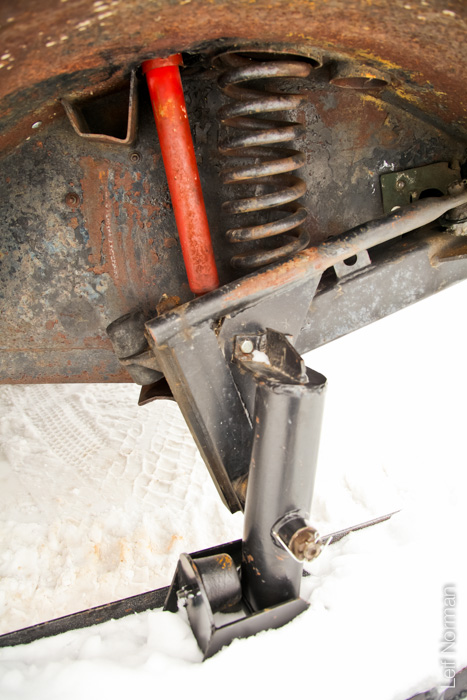
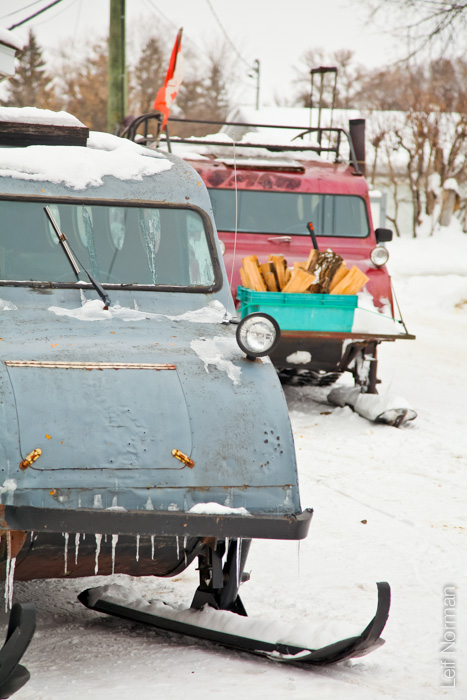
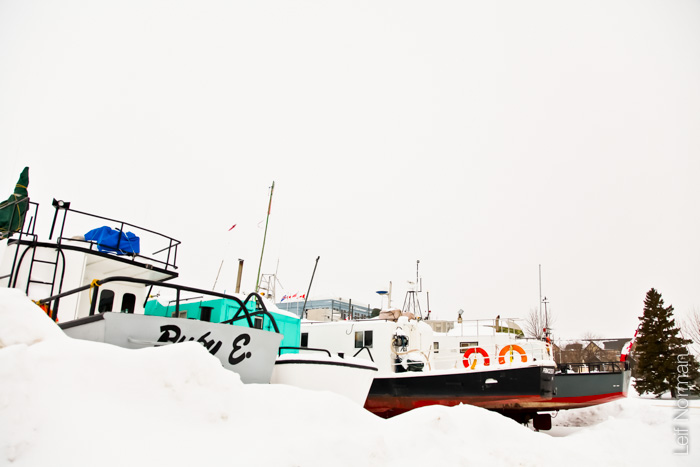
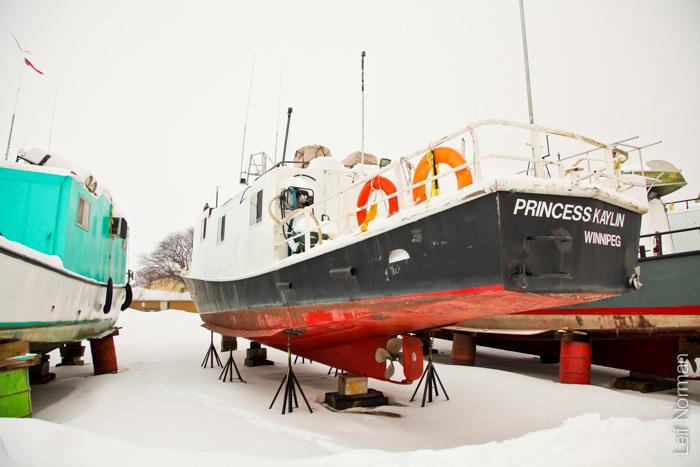
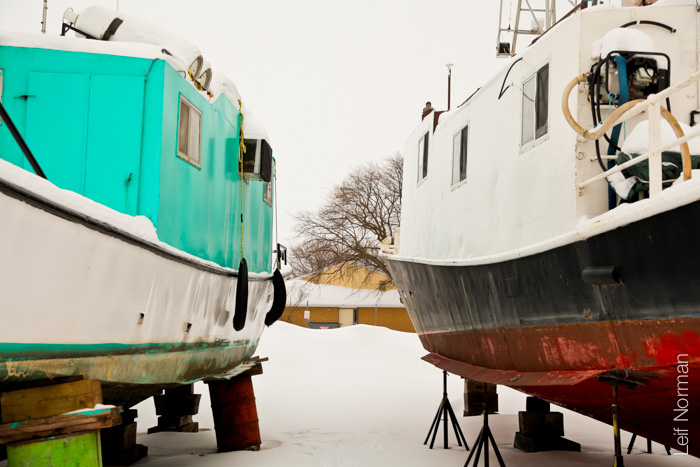

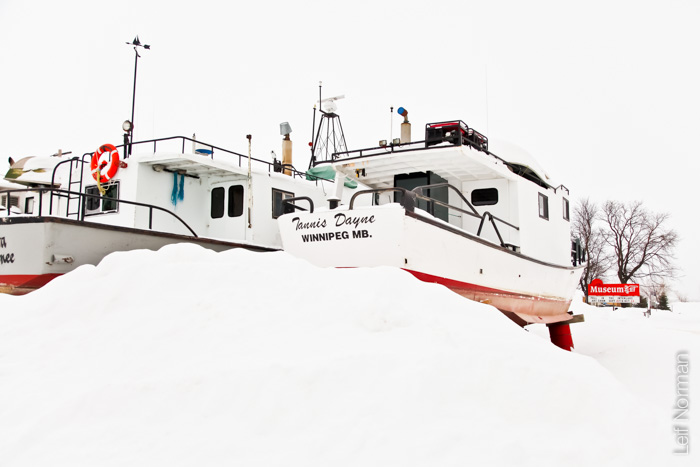
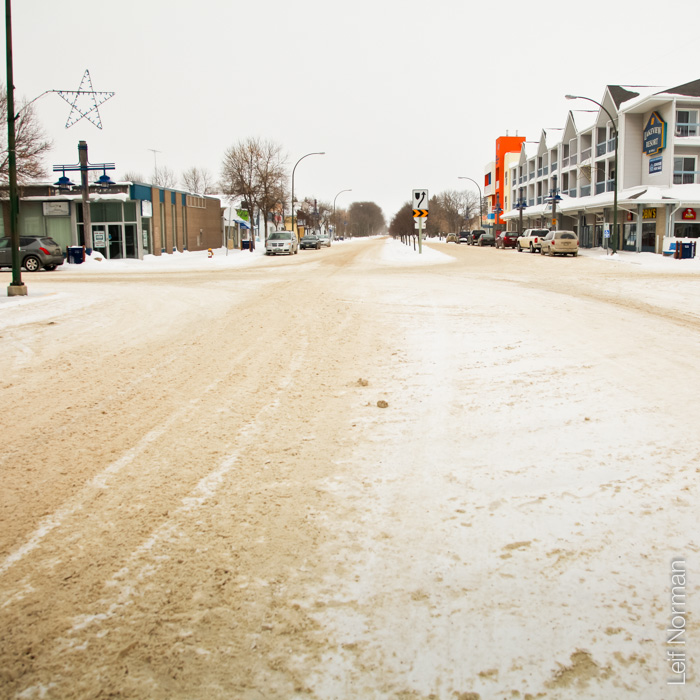
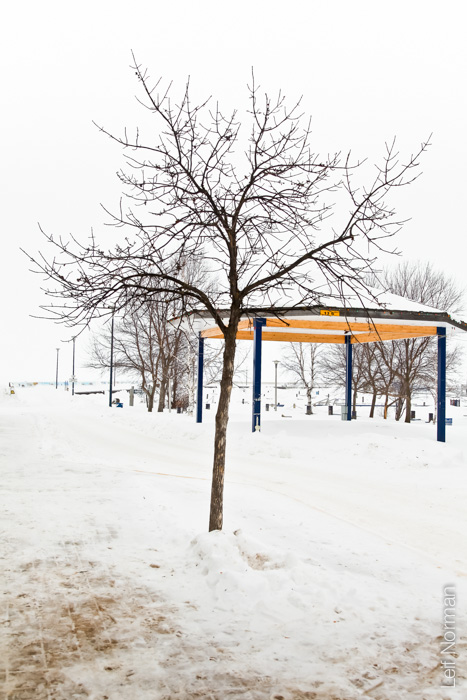
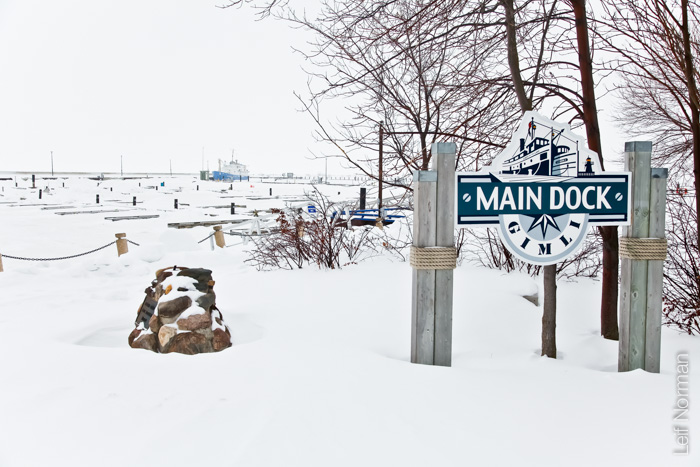
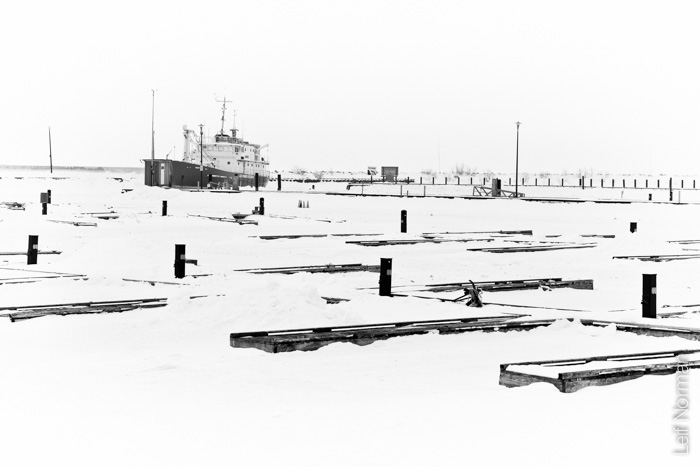
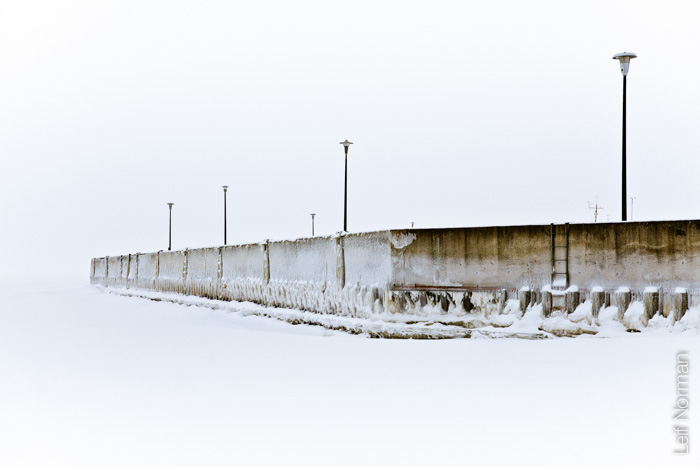
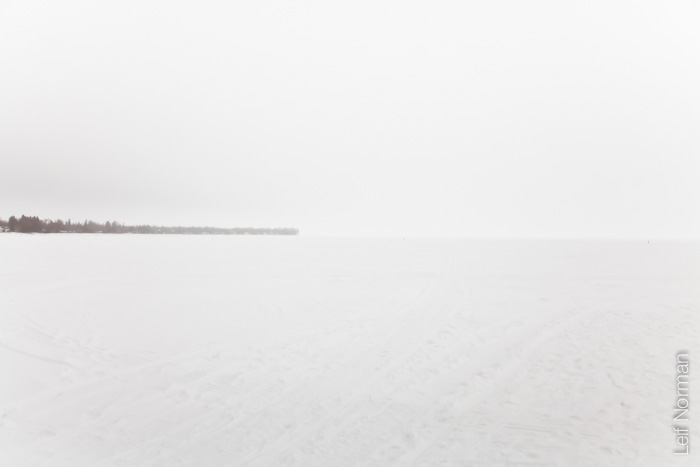
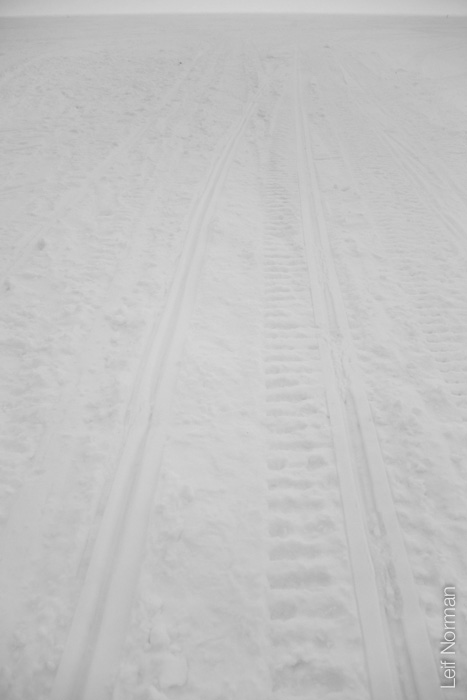
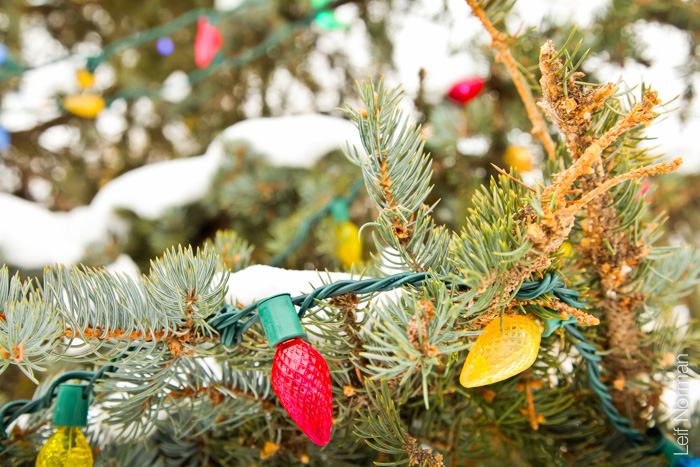
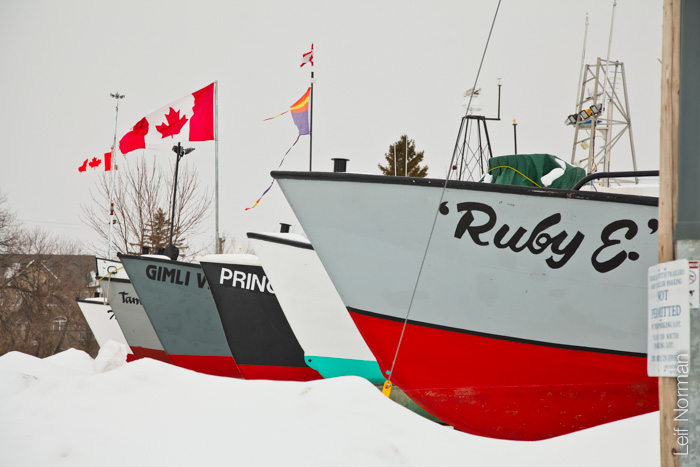

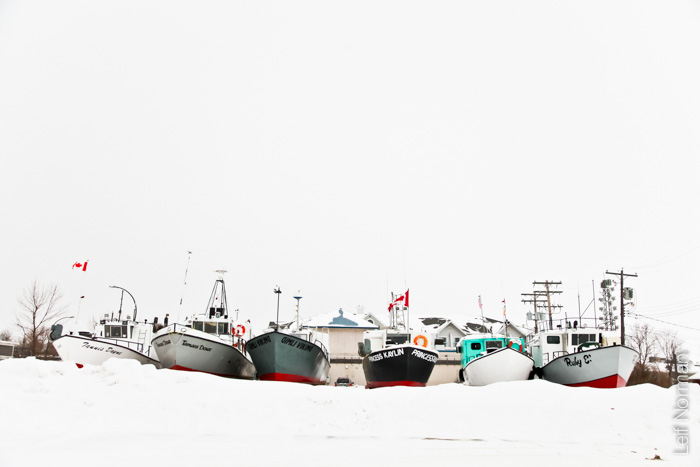

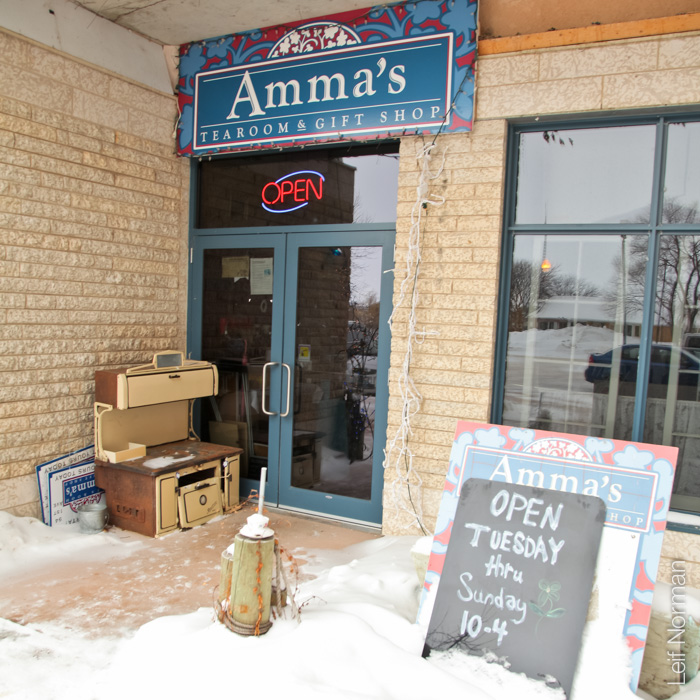
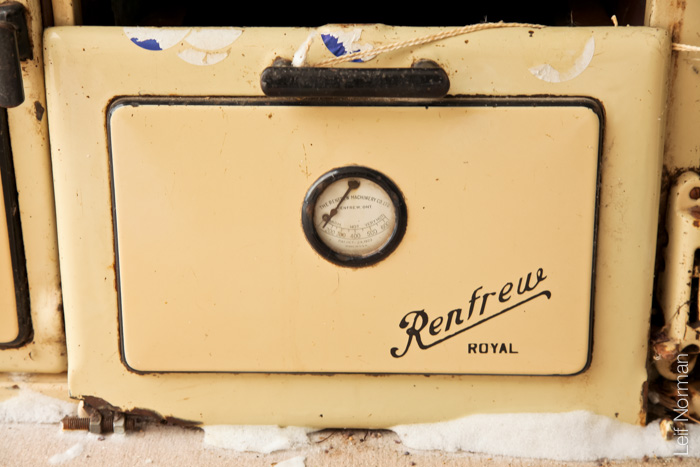
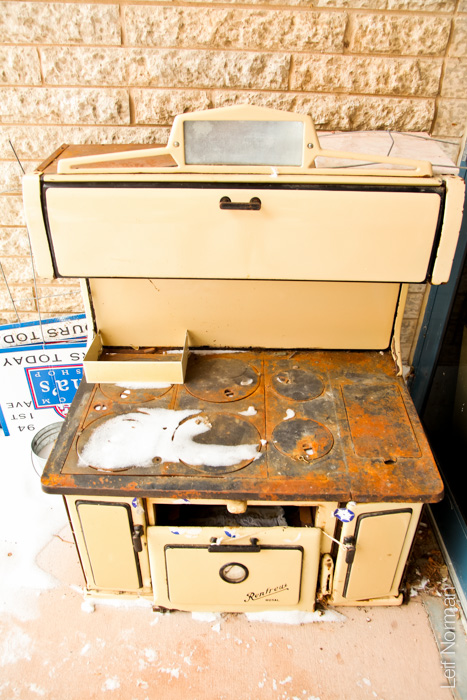
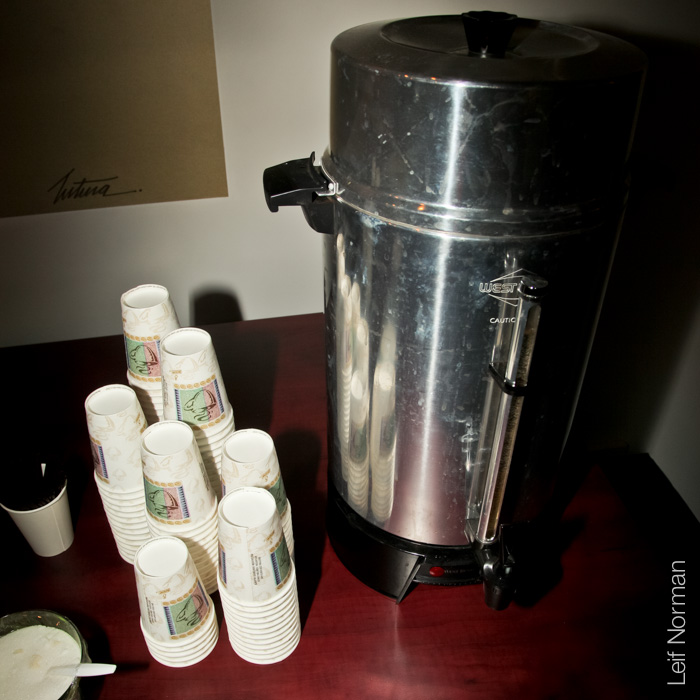
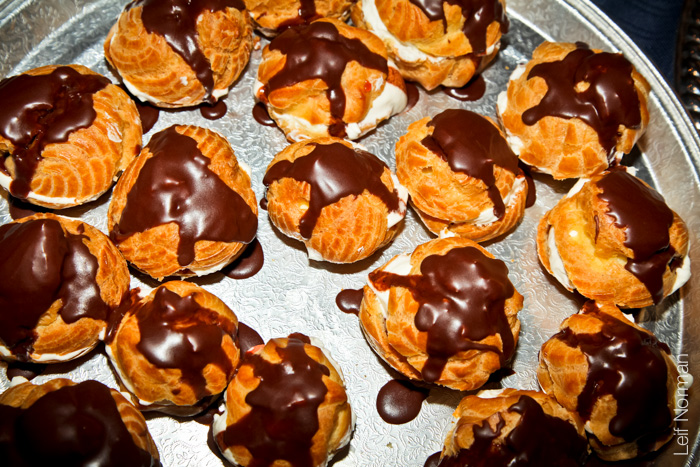
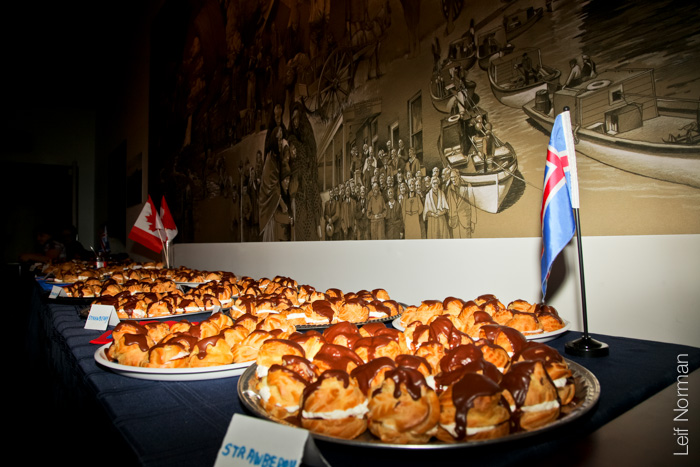
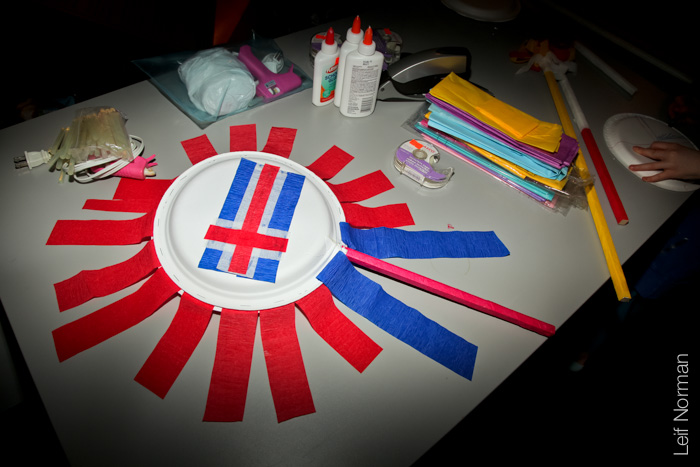
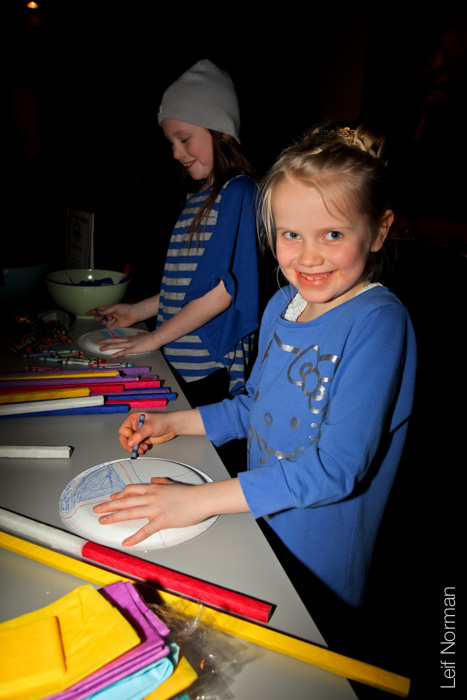
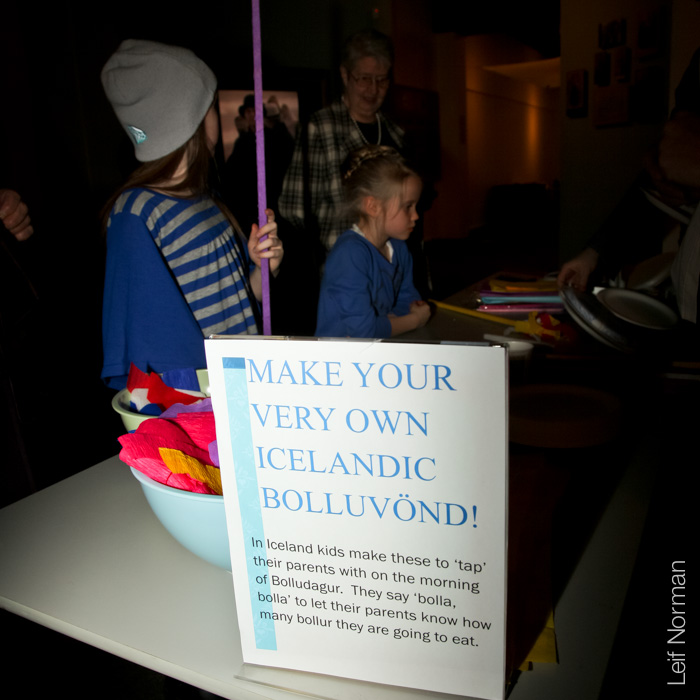

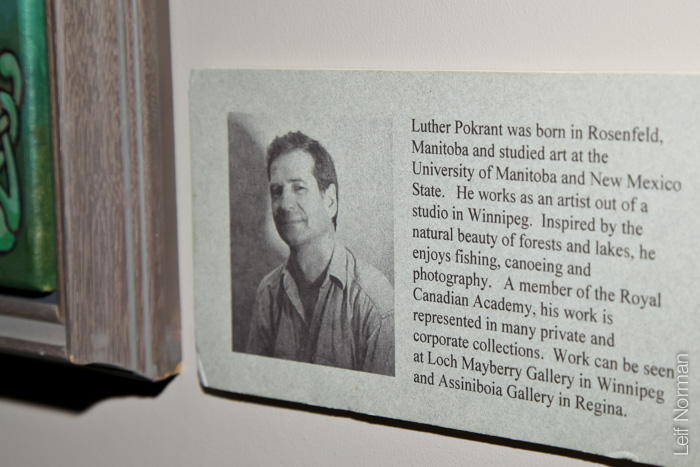
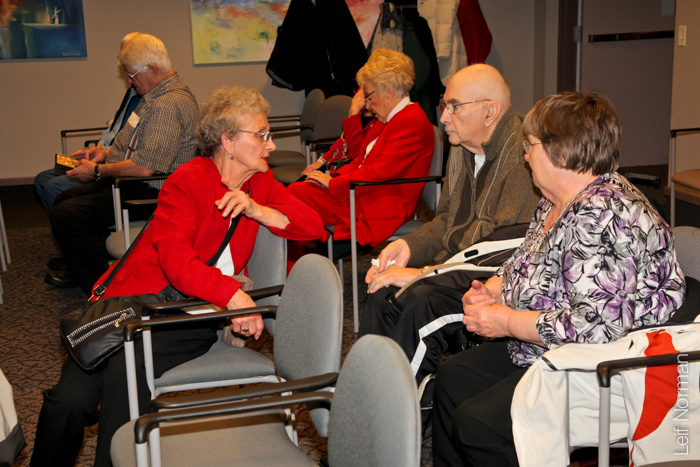
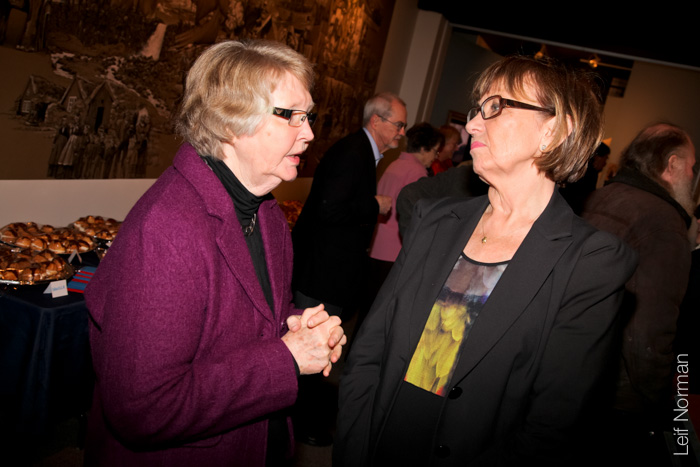
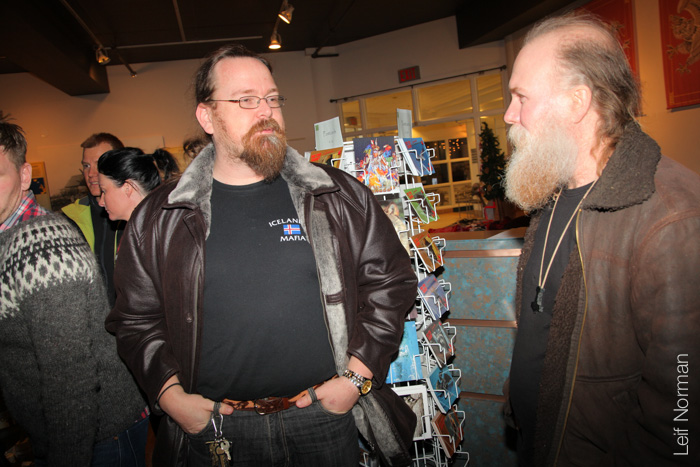
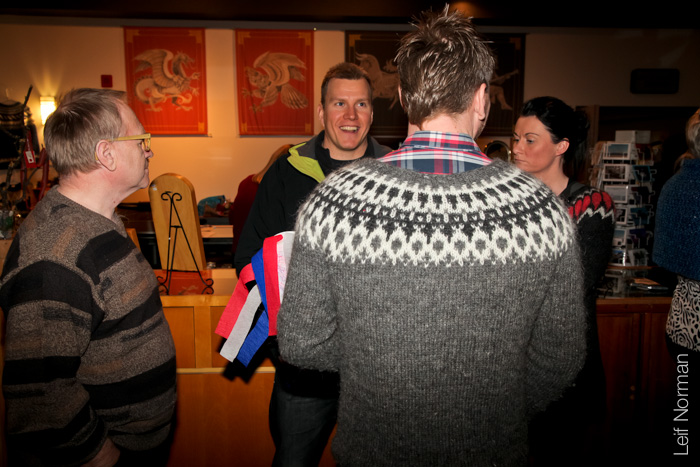
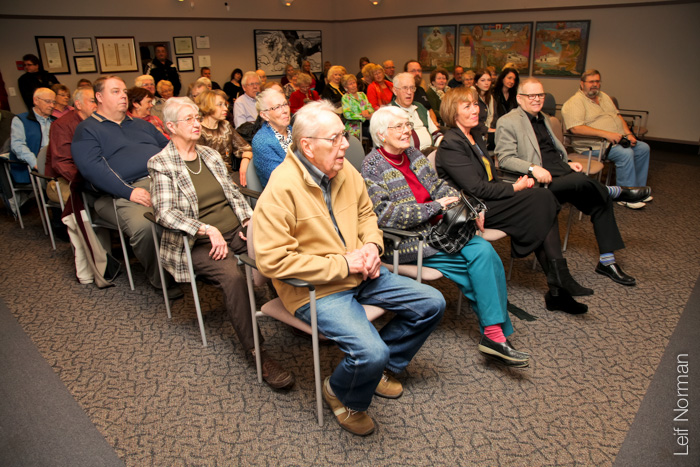


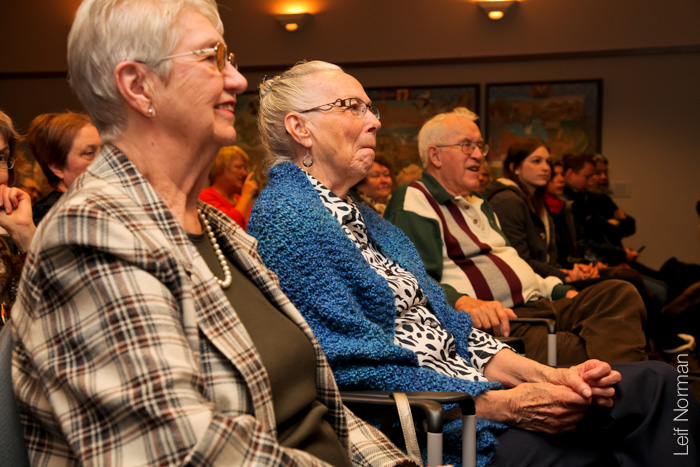
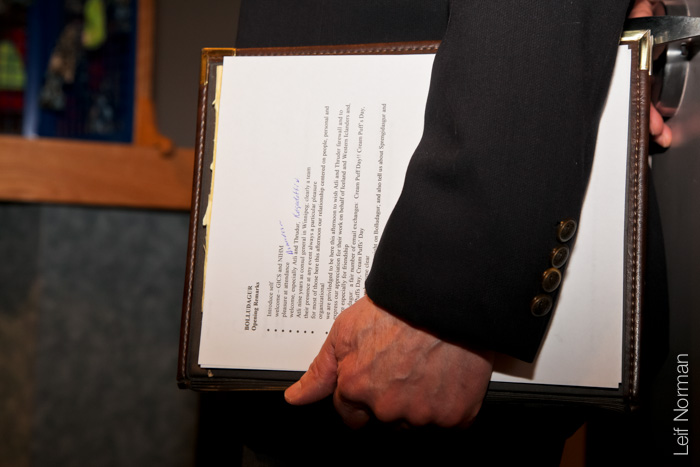
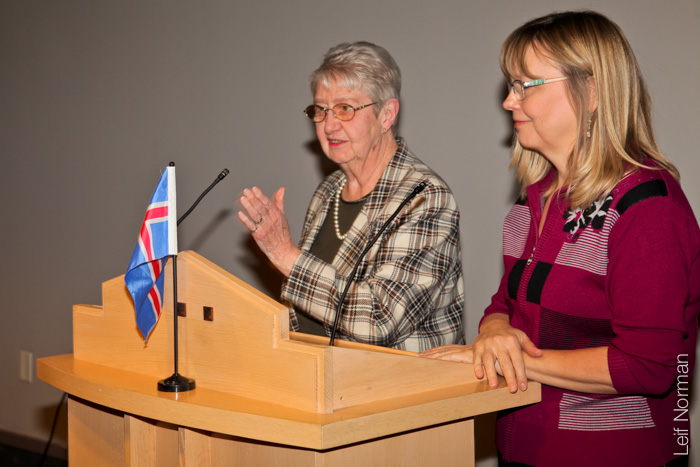

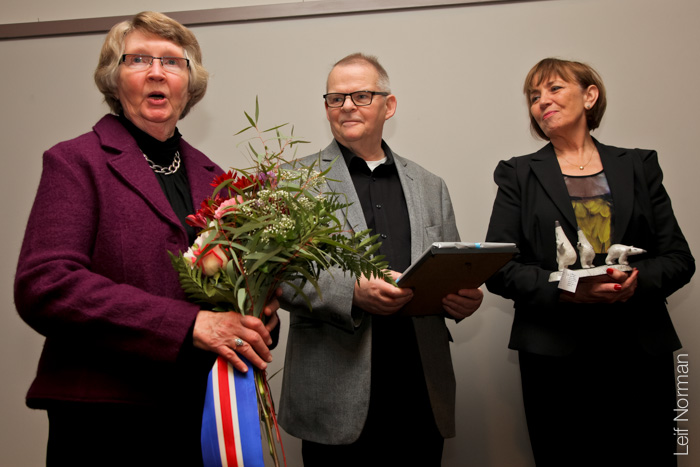
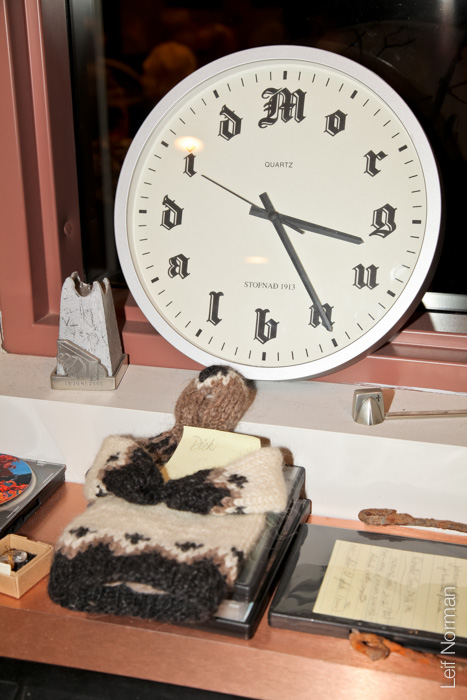

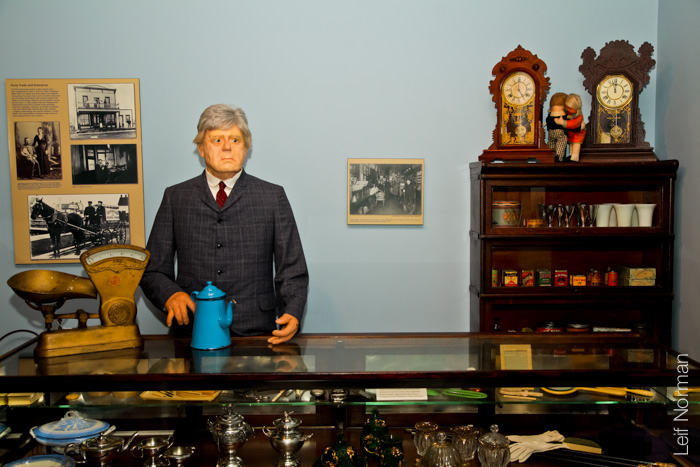
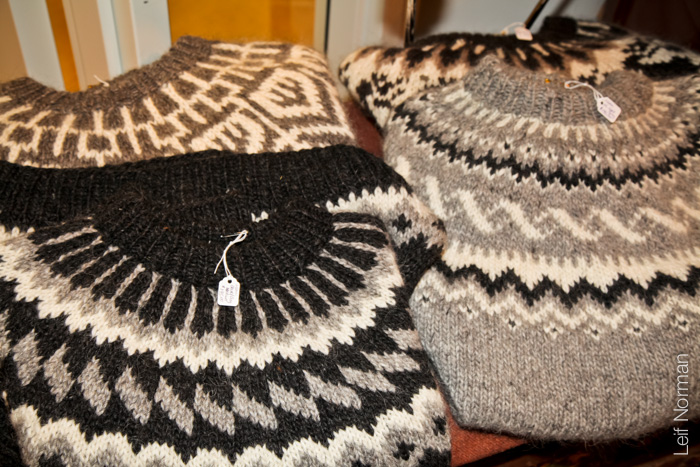
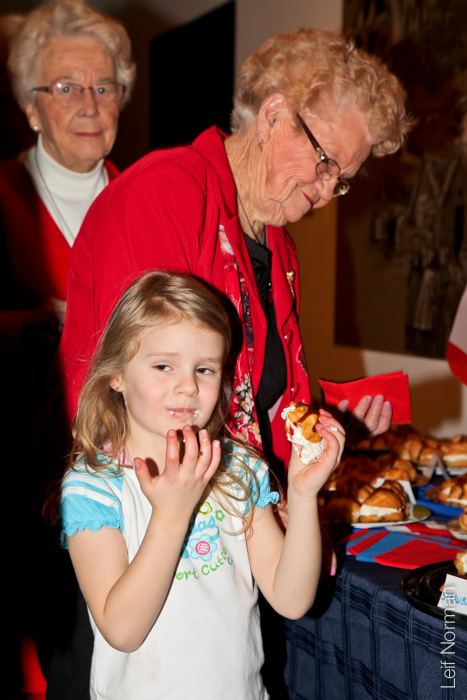
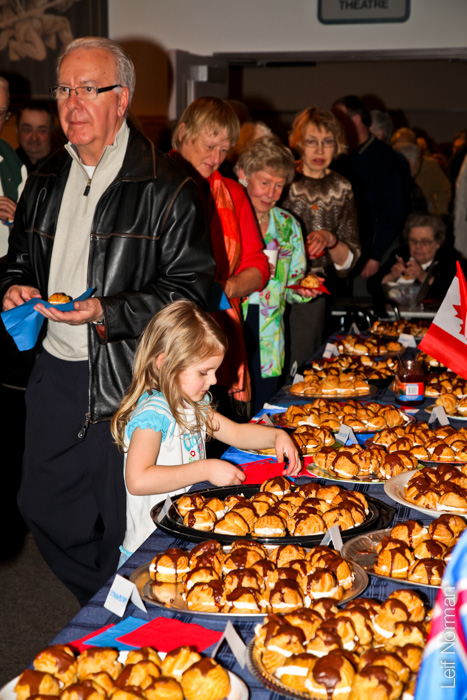
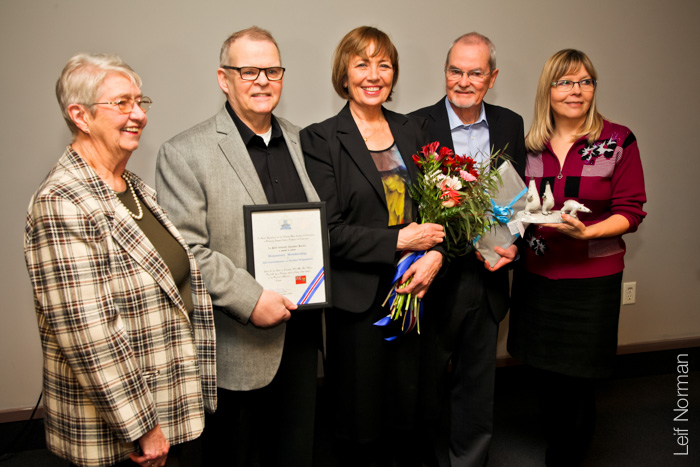
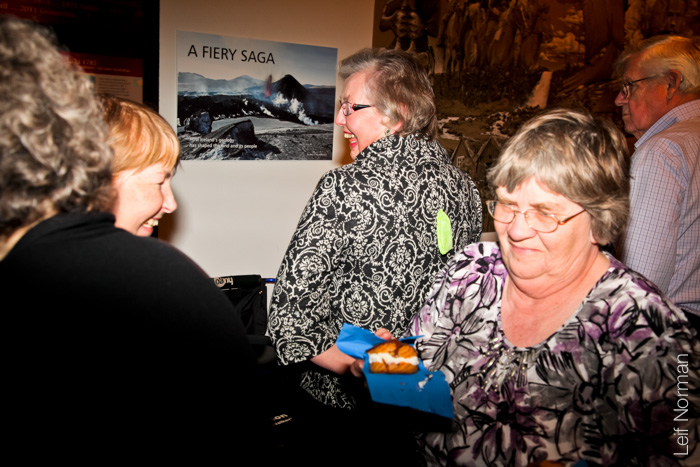
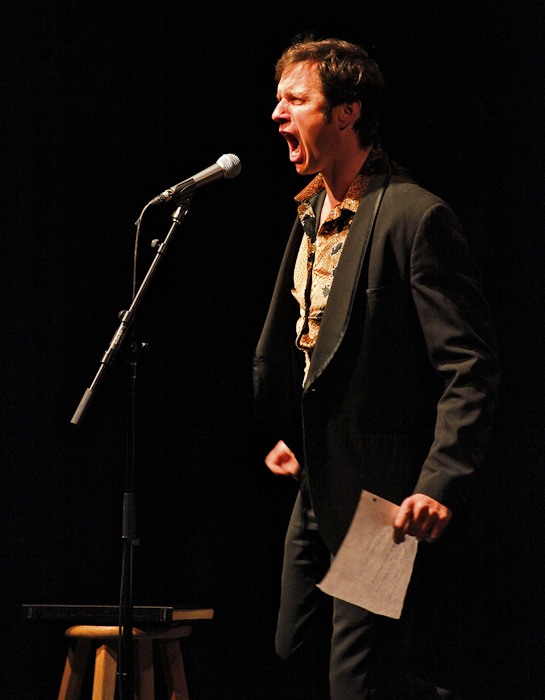

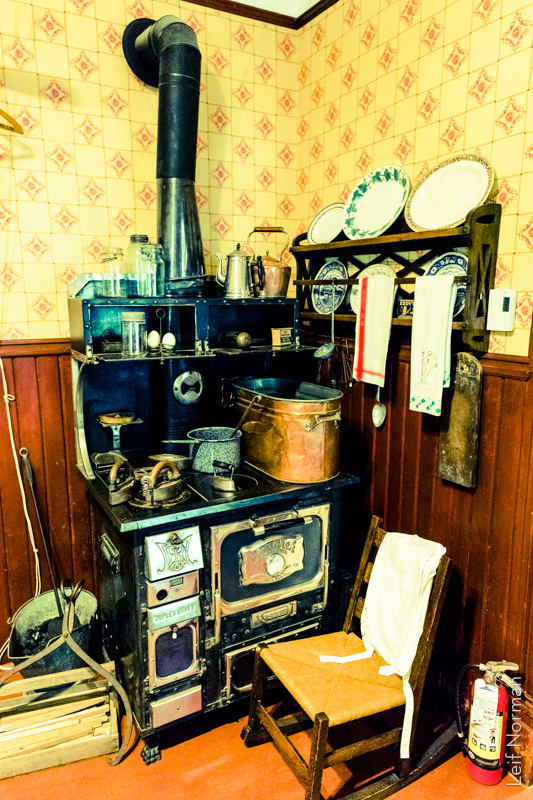
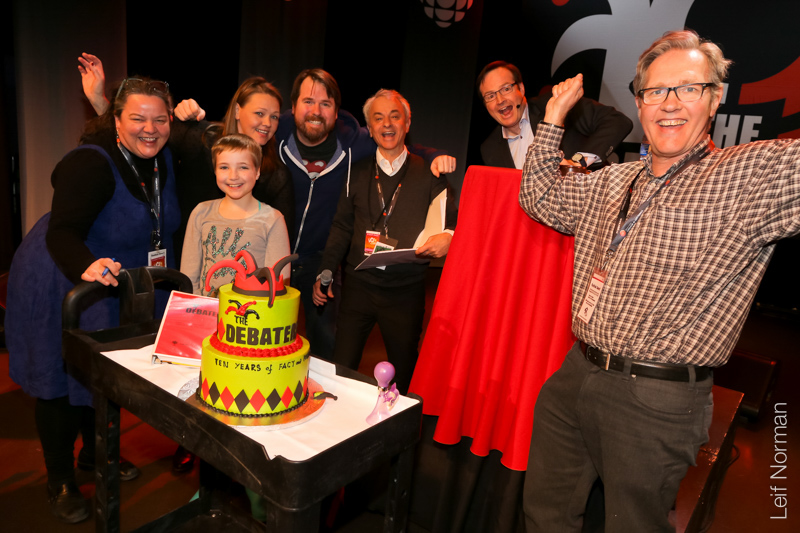

Looks like you had quite a good time in Gimli! The Interlake really does have some amazing cultural offerings to discover. Even in the dead of winter. Nice meeting you at the WAVE artists show at the WAG last week.
Yes. Gimli has little photo treasure all around. Nice to meet you too!